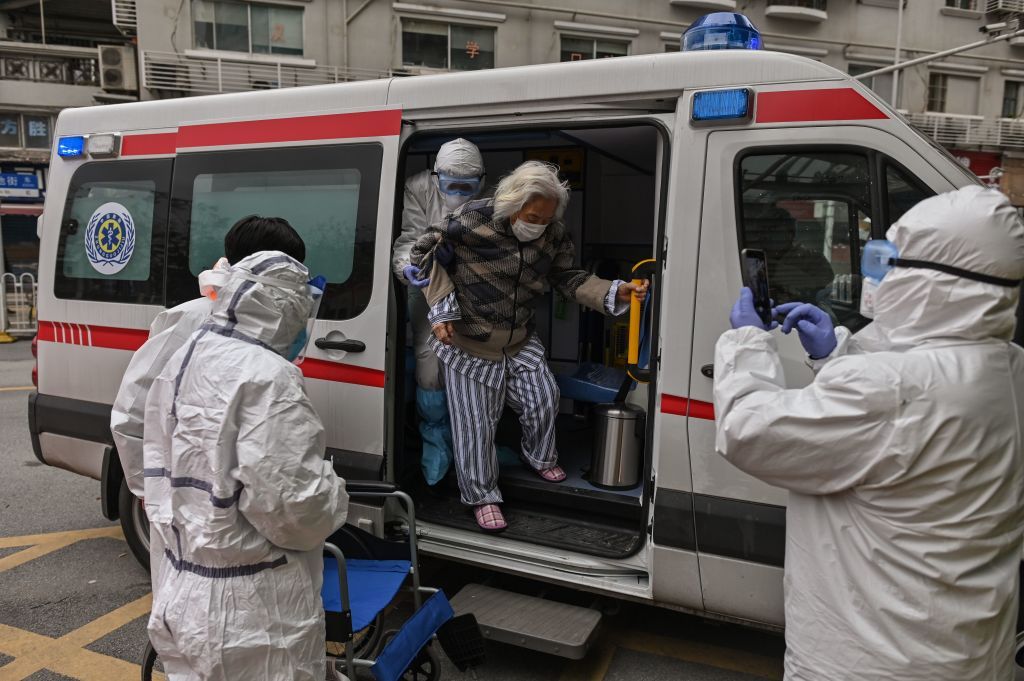Three and a half years since the pandemic began, the origins of COVID-19 are once again a topic of discussion. As the search for answers continues, recent advances have revealed the theory of laboratory leaks and the possibility of fresh market spillovers. Science writer Mun-Keat Looi explores the latest evidence and what it means.
In an article published Monday in the peer-reviewed journal british medical journalLooi discusses how recently declassified documents from the U.S. government, as well as reports and interviews from various sources, have reignited the debate around the origins of COVID-19.
The Wall Street Journal previously highlighted the alleged illness of three researchers working on coronavirus at the controversial Wuhan lab in late 2019, while a BBC podcast featured rare public comments from the former head of China’s infectious disease agency . These developments lend support to the laboratory leak theory, which suggests that COVID-19 may have been caused by leaks during laboratory experiments.
The Wuhan Institute of Virology (WIV), located in the city where the first SARS-CoV-2 case was detected, played a key role in assessing the credibility of the laboratory leak theory. Researchers at the Wuhan Institute of Virology have won funding for “gain-of-function” experiments, which involve manipulating viruses to learn about potential mutations that could make them more dangerous.
While this association has drawn attention, it’s worth noting that lab leaks, while rare, do happen. However, there is no conclusive evidence linking the origin of COVID-19 to the Wuhan laboratory.
The findings, released by the U.S. Director of National Intelligence, open the door to the theory of laboratory leaks and the possibility of natural spillovers from animal hosts. The report states that “natural and laboratory-related sources remain credible,” but offers no definitive answers.
It also dismissed the Wall Street Journal’s claim that the researchers contracted COVID-19, attributing their symptoms to unrelated illnesses. The report further highlights the continued plausibility of both theories, calling into question the process of seeking conclusive answers.
A separate report from the U.S. Government Accountability Office confirmed the National Institutes of Health (NIH) funding to WIV and concerns that EcoHealth Alliance failed to notify NIH of research conducted at WIV. However, the report did not definitively determine whether a lab leak occurred.
Amid the uncertainty, the World Health Organization (WHO) continued to call on China to cooperate and provide more data for its ongoing investigation. Chinese officials, including George Gao, director of the China International Institute for Vaccine Innovation, have stressed the need to remain open to all possibilities.
While Gao confirmed that the Chinese government had conducted some form of investigation, he said he had heard that the lab had been cleared of any wrongdoing. But he did not see the investigation report with his own eyes.
Although there is no solid evidence to support the laboratory leak theory, many experts in virology, epidemiology, and infectious diseases still insist that the available evidence indicates that SARS-CoV-2 spilled from an animal host, most likely in a dish in Wuhan. market. The scientific investigation and global effort to unravel this mystery continues as we continue to discover the true origin of the novel coronavirus (COVID-19).
Published by Medicaldaily.com


